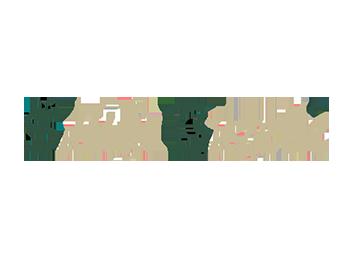
JEDDAH: The Al-Ahsa Archaeological and Heritage Museum in Al-Hofuf, which opened in 1983, contains valuable archaeological pieces and other treasures from Al-Ahsa’s long and storied history. Each room is dedicated to different eras — from the Stone Age, through the Dilmun period to the Babylonian and Assyrian eras — and the civilizations that emerged during those periods.
As well as displaying historical items, the museum is also responsible for their restoration, if necessary, and hosts regular lectures.
The museum houses more than 1,400 antiquities, as well as photographs, coins, manuscripts and other documents.
The first room visitors enter is home to Stone Age items dating back to 5000 BCE. You can see a history of the geology of the area beginning millions of years ago, and learn of the commercial and agricultural importance of the area and of the wider Arabian Gulf.
The room also displays tools and valuables from Ain Qannas and Al-Dosriyah that show the influence the area had on neighboring civilizations during the three periods of the Stone Age — Paleolithic, Mesolithic, and Neolithic.Flora and fauna
The museum’s courtyards showcase early life in the Kingdom’s Eastern Province, including the flora and fauna of the desert around Al-Ahsa. There are prototypes here of some ancient boats and tools used by pearl divers and fishermen in the Gulf.
The area dedicated to the Dilmun civilization (which began in the 3rd millennium BCE and continued until around 500 BCE) provides a history of the emergence of camel herders in the Gulf (around 1700 BCE) and of cities in the eastern part of the Arabian Peninsula.
The museum also features maps of trade routes (both land and sea) in the Arabian Peninsula and its surroundings, in addition to examples of the languages prevalent in the eastern part of the peninsula before Islam, along with an overview of writing and calligraphy in Islamic heritage.
Visitors will also learn how Arab tribes were united in the Sasanian Empire, which was the last kingdom before the rise of Islam and was a major power for more than 400 years.
Khalid bin Ahmed Al-Farida, director of the Saudi Commission for Tourism and National Heritage (SCTH) in Al-Ahsa, said the museum’s oldest exhibits are tools from the Neolithic period that were discovered in Al-Ahsa, Yabrin and Ain Qannas. The style of these tools, he explained, suggest that flora and fauna were abundant in the region at that time.
The museum was established, Al-Farida told the Saudi Press Agency, in order to protect heritage sites and facilitate their exploration, to store, document and maintain pieces of historical and archaeological importance, and to help introduce local history and heritage to the people of Saudi Arabia.
He highlighted that the museum includes a room divided into three areas, which features a map of archaeological sites in the Eastern Province, a painting of Al-Ahsa museum, and another painting of the development of modern-day Saudi Arabia. Photos of King Abdul Aziz inaugurating various projects in the Eastern Province are also on display, along with old photos of Al-Ahsa from the 1930s and 1940s.
Much of the museum, he noted, focuses on the rise of Islam and the establishment of caliphates in the eastern part of the Arabian Peninsula, including the construction of the oldest mosques in Hajjar, Al-Ahsa and Uqair by the Banu Abdul Qays tribes.
Other rooms, he said, highlight the reigns of local rulers of Al-Ahsa, including the Uyunids, Jabrids and Usfurids, up to the era of King Abdul Aziz. There are tools and materials that shed light on the lives of Bedouins, rural and urban communities, and the cities and markets of Al-Ahsa.
There are even some pieces of pottery found by chance by a man who was having a house built in the eastern part of Al-Ahsa a few years ago, Al-Farida said.
These turned out to date back to the pre-Islamic period and are the oldest pieces of pottery to have been unearthed in the Kingdom.
Prince Sultan bin Salman, president of the SCTH, and Prince Badr bin Mohammed bin Jalawi, governor of Al-Ahsa province, have both examined these pottery pieces in person, Al-Farida said.








